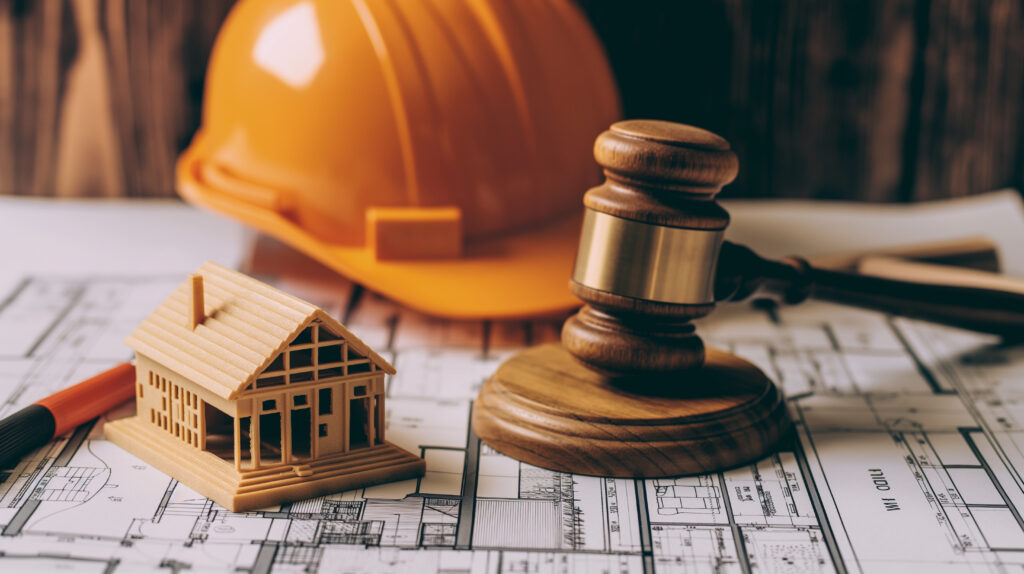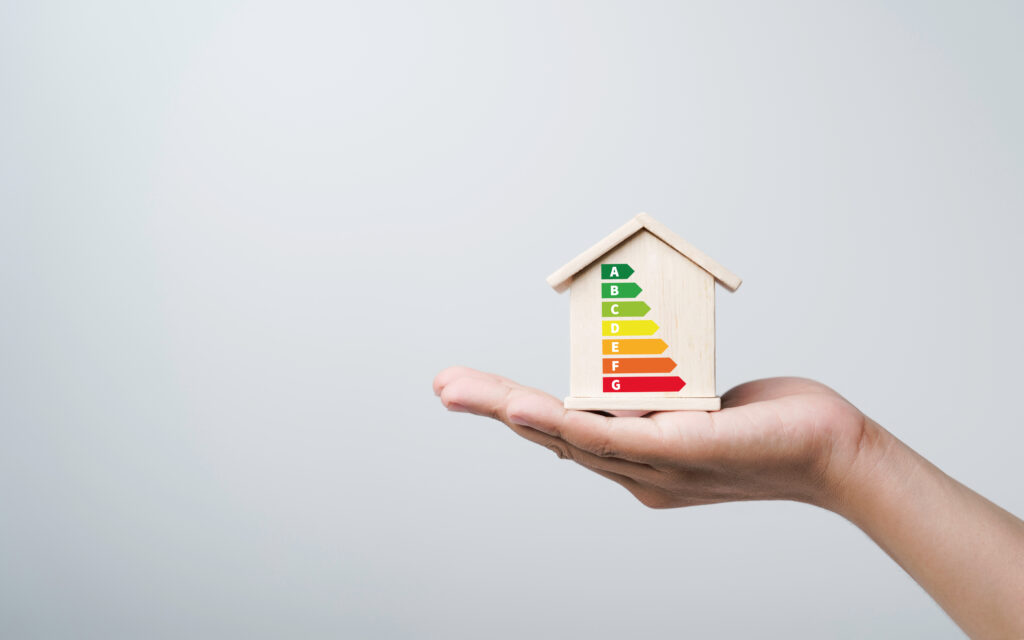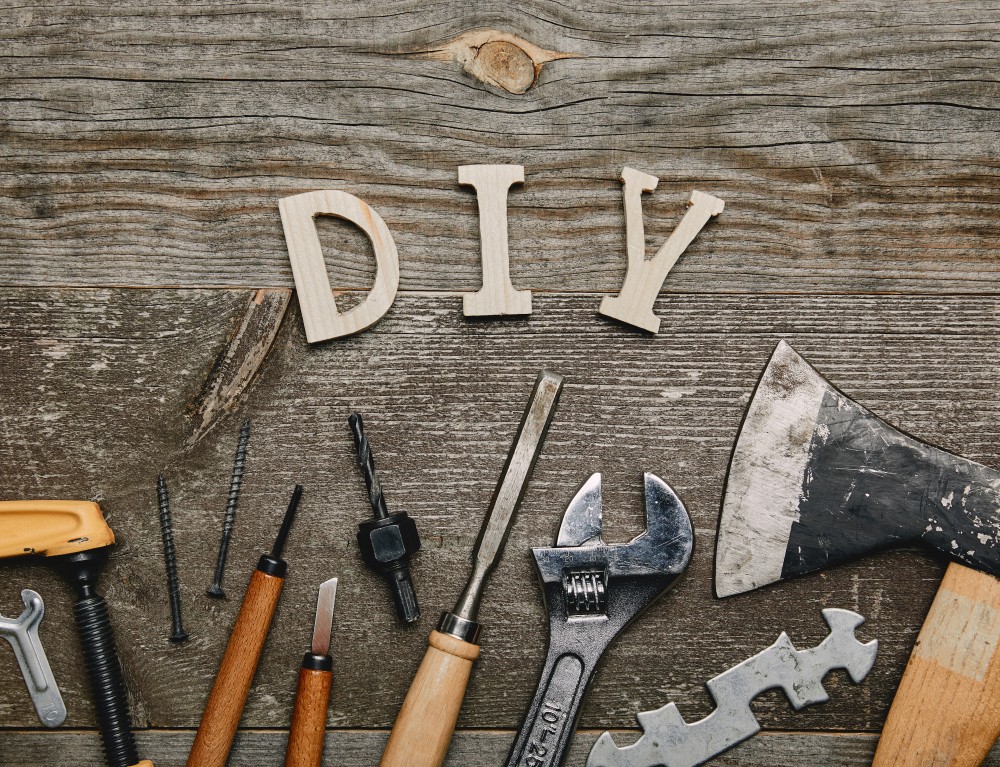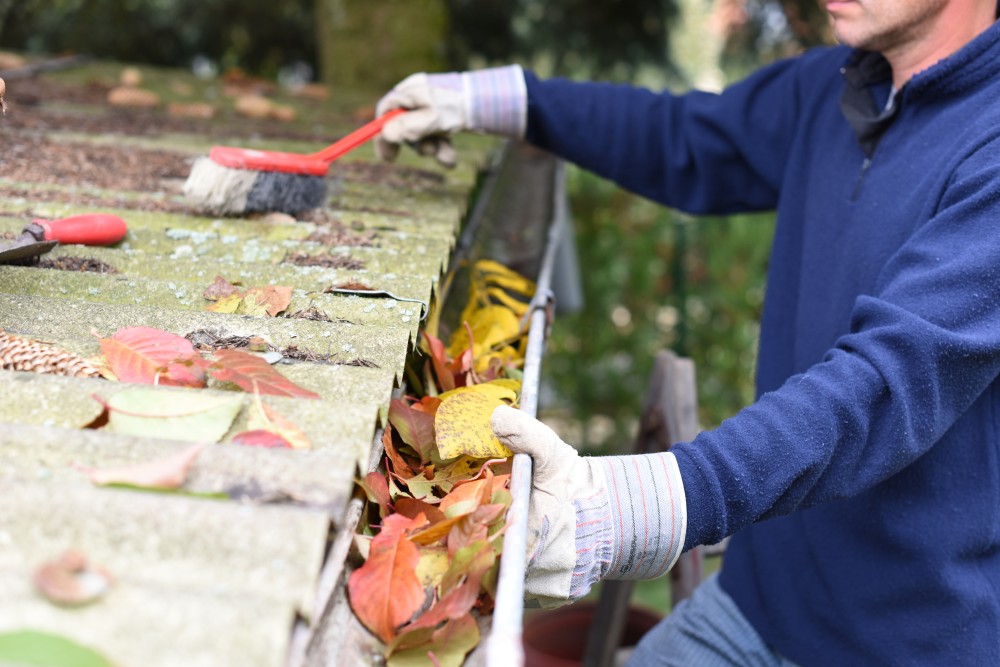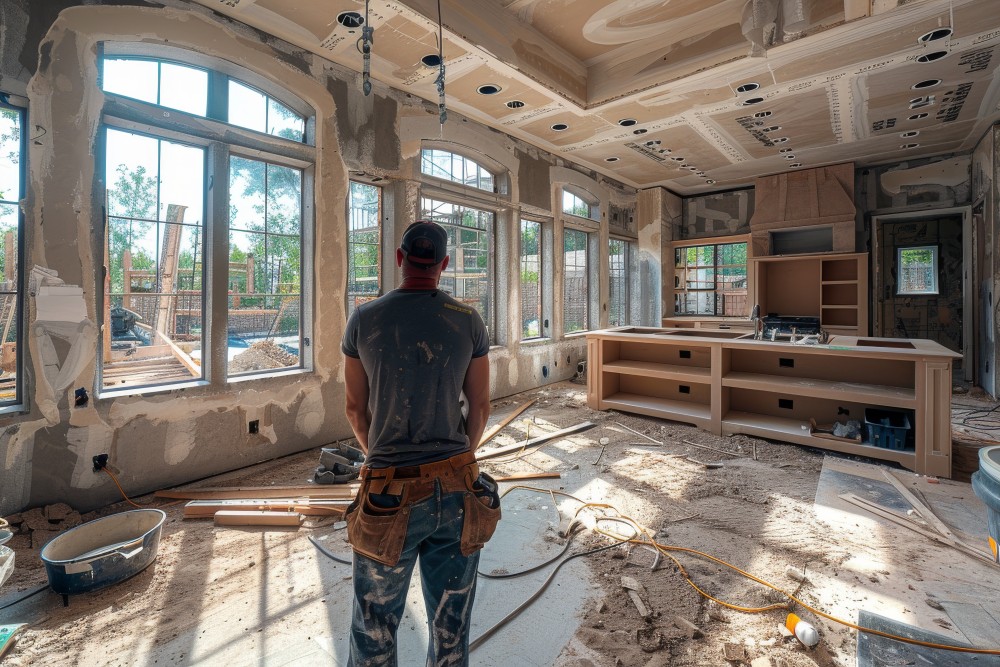Types of Warranties
1. Workmanship Warranty
- Coverage: This warranty guarantees the quality of the contractor’s work. It typically covers issues like poor installation or construction defects.
- Duration: Workmanship warranties usually last for one to two years, but this can vary depending on the contractor and the scope of work.
- What’s Included: Coverage includes repairs or corrections needed due to faulty workmanship. It does not typically cover normal wear and tear or issues arising from homeowner misuse.
2. Material Warranty
- Coverage: This warranty covers defects in the materials used for the project. Manufacturers usually provide these warranties.
- Duration: The duration can vary significantly, from a few years to a lifetime, depending on the product and manufacturer.
- What’s Included: Coverage includes replacement or repair of defective materials. It typically does not cover installation errors or damage caused by improper maintenance.
3. Manufacturer Warranty
- Coverage: Provided by the manufacturer of products used in your home improvement project, such as appliances, fixtures, or building materials.
- Duration: These warranties vary widely but commonly range from one year to a lifetime.
- What’s Included: Coverage includes repair or replacement of defective products. Some warranties may also include labor costs for repairs.
4. Contractor Warranty
- Coverage: A warranty provided by the contractor covering both workmanship and materials.
- Duration: Often aligns with industry standards, typically ranging from one to ten years.
- What’s Included: Coverage typically includes repairs for issues related to both the materials and workmanship provided by the contractor.
Join HICP Homeowner’s Alliance
Connect with experts, get special discounts and enjoy member benefits
Key Considerations for Home Improvement Warranties
1. Read the Fine Print
- Understand Limitations: Carefully review the terms and conditions of warranties to understand what is and isn’t covered.
- Exclusions: Be aware of any exclusions that may void the warranty, such as improper maintenance or unauthorized modifications.
2. Warranty Registration
- Timely Registration: Ensure you register your products with the manufacturer if required. Failure to register can void the warranty.
- Documentation: Keep all warranty documentation, including receipts, contracts, and registration confirmations, in a safe place.
3. Maintenance Requirements
- Regular Maintenance: Many warranties require regular maintenance to remain valid. Follow the manufacturer’s guidelines to ensure compliance.
- Record Keeping: Maintain records of all maintenance performed on your home improvement products.
4. Claim Process
- Know the Procedure: Understand the process for filing a warranty claim, including who to contact and what documentation is needed.
- Timely Reporting: Report any issues promptly to avoid complications with the warranty claim.
Common Issues with Warranties and How to Avoid Them
1. Misunderstanding Coverage
- Clarify Details: Ask for clarification on any points you do not understand. Ensure you know the specifics of what is covered under your warranty.
- Get It in Writing: Ensure all verbal promises about warranties are included in the written contract.
2. Voided Warranties
- Follow Guidelines: Adhere strictly to maintenance and usage guidelines provided by the manufacturer or contractor.
- Avoid Unauthorized Repairs: Do not attempt to repair defects yourself or hire unauthorized service providers, as this can void the warranty.
3. Disputes Over Coverage
- Keep Records: Maintain detailed records of all communications and repairs related to your warranty.
- Seek Mediation: If disputes arise, consider mediation services provided by consumer protection agencies or the Better Business Bureau (BBB).
Benefits of Warranties in Home Improvement
1. Peace of Mind
- Protection: Warranties provide assurance that any defects or issues will be addressed, protecting your investment.
- Financial Security: Avoid unexpected expenses for repairs or replacements due to defects covered by warranties.
2. Increased Home Value
- Attractive to Buyers: Homes with transferable warranties can be more attractive to potential buyers, providing a selling point.
- Documentation: Having detailed records of warranties and their coverage can facilitate smoother real estate transactions.
Understanding warranties and guarantees is crucial for protecting your investment in home improvement projects. By familiarizing yourself with the different types of warranties, reading the fine print, adhering to maintenance requirements, and knowing how to handle claims, you can ensure that you are well-prepared to address any issues that arise. Warranties not only provide peace of mind but also enhance the long-term value of your home. Make sure to keep all documentation organized and readily accessible, and always clarify any uncertainties with your contractor or product manufacturer to avoid future disputes. With this knowledge, you can confidently embark on your home improvement journey, knowing that your investment is safeguarded.



